October 7, 2023, will go down in history as a day that reshaped the security and political landscape of West Asia forever. It commenced with a dastardly terror attack by Hamas into Israel, leading to 1,140 Israelis killed and over 250 taken hostage—catching the Israeli security and intelligence system completely by surprise. Israel, however, was quick to recover and unleashed the full force of its military might upon Hamas and Gaza, killing people in the Gaza Strip by hundreds every day and bombing buildings to dust.
Over the two years of this prolonged conflict, more than 67,000 people have been killed in the Gaza Strip as per official figures, whereas some estimates suggest the figures could be as high as 280,000, as thousands of bodies are still buried deep inside the rubble. More than 1.5 million people in Gaza have been forcibly displaced multiple times, and severe restrictions by the Israeli military on the delivery of critical humanitarian aid have led to acute starvation and deaths. The UN and multiple agencies, along with many nations, have termed the Israeli occupation and conduct in Gaza as genocide, leading to frequent protests worldwide.
Amid this continuing conflict and resultant death and destruction, the US-sponsored ‘20 Point Trump Peace Plan’, announced on September 29, 2025, offers an ambitious roadmap towards finding a lasting solution to the conflict—starting with an early ceasefire and an immediate return of hostages. With Israel already having endorsed the plan and Hamas too agreeing to a few of the main points, there is hope as mediators conduct detailed negotiations in Cairo to finalise the details for execution. Meanwhile, as the war completes two years, the people in Gaza—exhausted and helpless—wait and pray for this misery to finally end.
There are, however, multiple questions to be answered before peace can truly return to Gaza. Some of the more important ones are: Can this plan deliver lasting peace? What is the assurance that Israel will not revoke this ceasefire, as it did in March 2025, and relaunch military operations? With Hamas agreeing to the plan only partially (primarily on the issue of the return of hostages), how will Israel seek to fulfil its military objectives, one of which is the complete elimination of Hamas? And most importantly, despite the insertion of a “credible pathway to Palestinian self-determination and statehood, which we recognise as the aspiration of the Palestinian people,” can this plan lead to the elusive two-state solution, creating an independent and sovereign state of Palestine coexisting with Israel?
Impact Shorts
More ShortsThe answers to most of these questions are ambiguous at best and seem heavily loaded in favour of Israel. As we look ahead with cautious optimism toward the early return of hostages and cessation of hostilities, an examination of how previous ceasefires panned out—and why they failed—could offer a glimpse into the possible contours of this ceasefire and the various possibilities.
Previous Ceasefires
During the two years of conflict, despite numerous attempts to find an acceptable formula for a ceasefire, it succeeded only twice. The first instance was a brief truce in November 2023, one month into the conflict, when a week-long ceasefire resulted in the release of 105 hostages by Hamas. It was broken on December 1 when both Hamas and Israel failed to agree on a formula for further release of hostages and blamed each other for violating the ceasefire.
The second successful ceasefire happened just as President Trump was taking office, on January 19, 2025. It lasted until March 18 when Israel initiated air strikes into Gaza and moved ground forces on March 20. During the 58 days of ceasefire, 33 hostages—including women, children, and men over 50 years of age—were released in exchange for Israel releasing Palestinian prisoners, withdrawing from key areas of Gaza, and permitting inflow of critical humanitarian aid into the Strip.
Why did it fail? The ceasefire deal was supposed to be executed through three phases. Phase 1, spread over 42 days, was successfully executed. Phase 2 was to extend the ceasefire for another 42 days and would have resulted in complete withdrawal of Israeli forces from Gaza and a permanent ceasefire. It would also have ensured the release of all living and deceased hostages still held by Hamas. Phase 3 was about reconstruction and rehabilitation of the Gaza Strip, with Arab countries as major stakeholders.
While Phase 1 was successful, talks on Phase 2 did not progress well, primarily on contentious issues relating to the complete withdrawal of Israeli forces from Gaza and the future role of Hamas. The US proposed a bridging formula to extend Phase 1 for another 60 days to cover the holy period of Ramzan and the Jewish holiday ‘Passover’ on April 19. However, it failed as Hamas insisted that instead of merely extending Phase 1, talks should move to Phase 2 to end the war as part of an agreed deal. In response, Israel clamped down on Gaza—stopping entry of humanitarian aid convoys on March 2, cutting off electricity on March 9, and finally revoking the ceasefire on March 18.
How Is the 20-Point Plan Different?
While the current 20-Point proposal looks positive and ambitious, it is not much different from earlier plans. Most previous ceasefire proposals—including the ‘Biden Plan’ of May 2024 and later proposals jointly presented by Qatar, Egypt, and the US—had similar points emphasising the return of hostages, withdrawal of Israeli forces, and a joint plan for rebuilding Gaza in a “day after” scenario.
However, the 20-Point Plan has several distinguishing features, most targeting Hamas and its future existence. The most significant is Point No. 4, which states that “within 72 hours of Israel publicly accepting this agreement, all hostages, alive and deceased, will be returned.” This is starkly different from previous proposals, as Hamas had earlier insisted that final return of hostages should coincide with complete withdrawal of Israeli forces from Gaza.
The next is Point No. 9 which states that Gaza will be governed under the temporary transitional governance of a technocratic, apolitical Palestinian committee, made up of qualified Palestinians and international experts, with oversight and supervision by a new international transitional body, the “Board of Peace”, which will be headed and chaired by President Donald J. Trump. This is again a new insertion as there was no clear mention of such an arrangement in any of the previous ceasefire proposals. The fact that the US President is to lead the overarching body of governance in Gaza is new too, aimed perhaps more to keep Israel more than Hamas in control.
Complete demilitarisation of Gaza and Hamas at Point No. 13 is yet another point which is different as the previous proposals had no mention of demilitarisation of Hamas or Gaza. The formulation of an International Stabilisation Force (ISF) with Arab and international partners to be immediately deployed in Gaza at Point No. 15 too is new as previously, the Arab countries were not at all ready to deploy boots on ground in Gaza.
Curiously, the Israeli forces seem to have been given a free hand to decide when, if and how to disengage from Gaza. Point No. 16 states Israel Defence Forces (IDF) will withdraw based on standards, milestones, and timeframes linked to demilitarisation that will be agreed upon between the IDF, ISF, the guarantors, and the United States, with the objective of a secure Gaza that no longer poses a threat to Israel, Egypt, or its citizens. This implies that the IDF will retain the authority to decide if and when to withdraw, what constitutes a violation of ceasefire and up-to what line it should withdraw, with almost no oversight.
Looking Ahead
Two years into the war, people in Gaza are exhausted and desperate. Hamas has been battered and requires time to regroup and think about its future. Israel too is not in a good position with many prominent countries including France, UK, Australia according recognition to Palestine in the recent UN General Assembly Session. Israeli missile strike into Qatar on September 9 not only brought the entire region to stand together against Israel but it also brought upon the ire of the US and President Trump, especially on Israeli PM Netanyahu. Plus, there is continuing pressure for safe return of hostages back home.
This plan, therefore, offers relief and a chance for off-ramp to each of the stakeholders. To the US, it offers an opportunity to reclaim its leadership role and trust it had lost in the region, especially after the Qatar missile incident. The forced apology from PM Netanyahu to Qatari Emir, in presence of Donald Trump, followed by a publicly issued statement of apology were no mean
achievements, even for Donald Trump.How the plan unfolds in the coming weeks and days is most crucial. Hamas, having agreed to release all hostages, dead or living, is likely to go through with it. This would not only help Israel tick one of its critical war objectives, but will also give Hamas the higher moral ground in case Israel continues its military operations thereafter. The entry of critical humanitarian supplies too is likely to commence once the hostages are released, bringing in vital relief to the starving population in Gaza.
It is however beyond this that the to-do list is likely to face hurdles. An apolitical transitional government and the formulation of ISF is not easy and may take months if not longer to happen. Similarly, demilitarisation of Gaza and Hamas is easier said than done. Israel and the US may have threatened severe punitive actions against Hamas in case they do not completely demilitarise but there is no way to measure or confirm such matrices.
Hamas, like Hezbollah while signing a ceasefire deal with Israel in November 2024, may agree to the terms but could retain some weaponry, cadres and capability as an insurance. Plus, like Hezbollah, this period of calm could help Hamas to review, rethink and revitalise. The (deliberate) omission of what happens in the West Bank concurrently as also an ambiguous mention towards “credible pathway to Palestinian self-determination and statehood” leaves the question of Palestinian statehood largely unanswered.
As the peace deal takes shape, there is hope that the saga of death and destruction in Gaza will finally come to an end, at least for a foreseeable future. Can it finally lead to a situation of two states of Palestine and Israel, co-existing with each other, is a big question mark, perhaps to be answered another time.
Col Rajeev Agarwal is a West Asia expert and a Senior Research Consultant at Chintan Research Foundation, New Delhi. His X Handle is @rajeev1421. Views expressed in the above piece are personal and solely those of the author. They do not necessarily reflect Firstpost’s views.


)
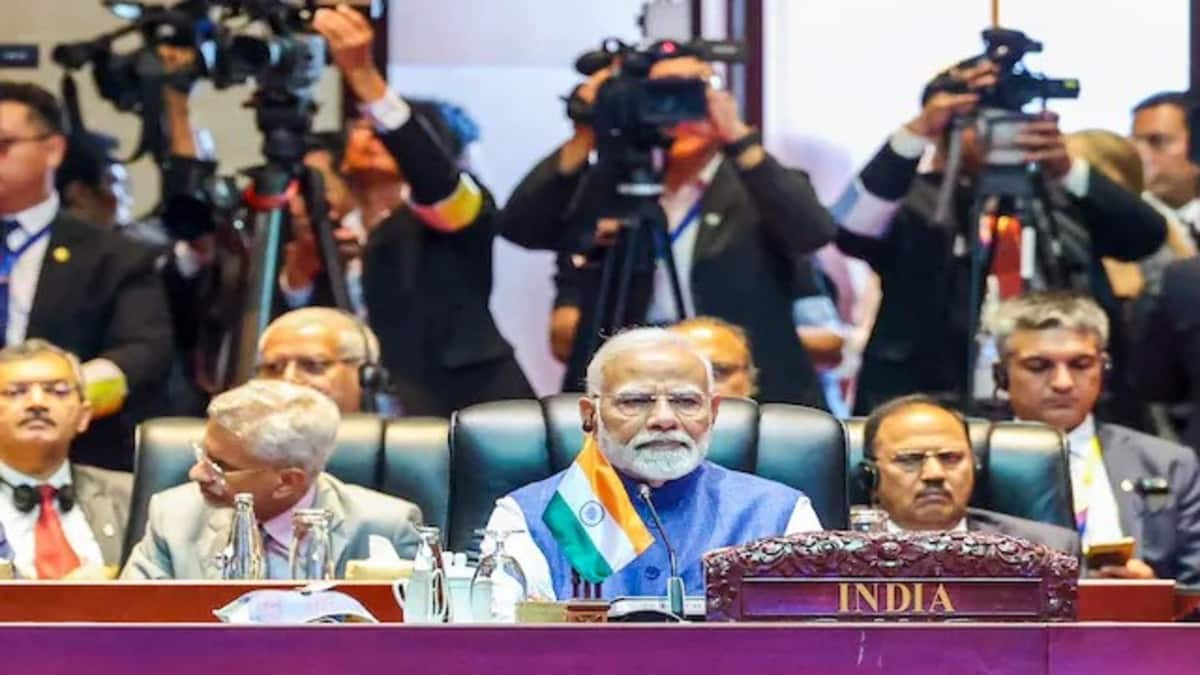
)
)
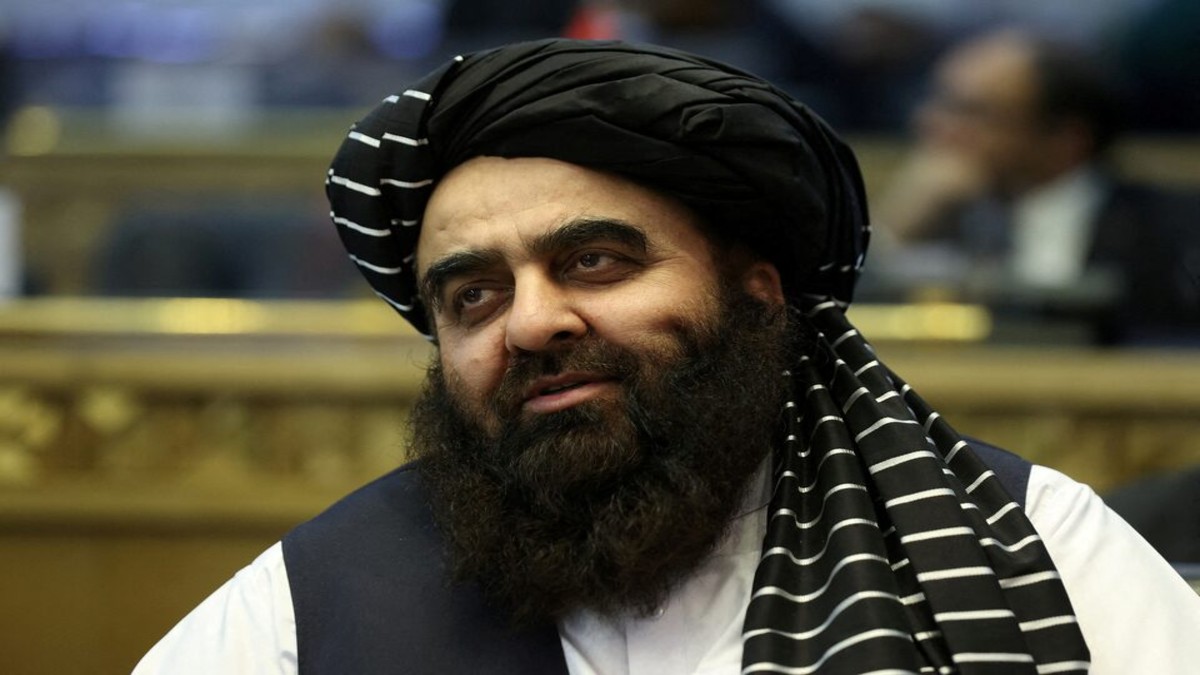)
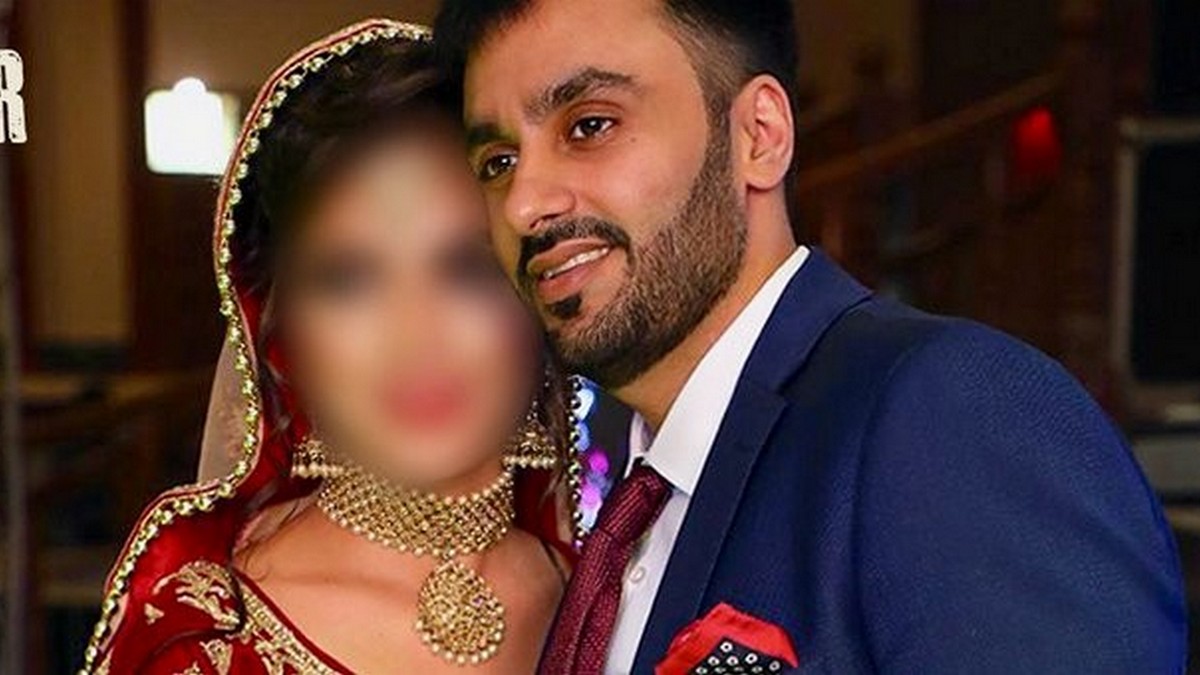)
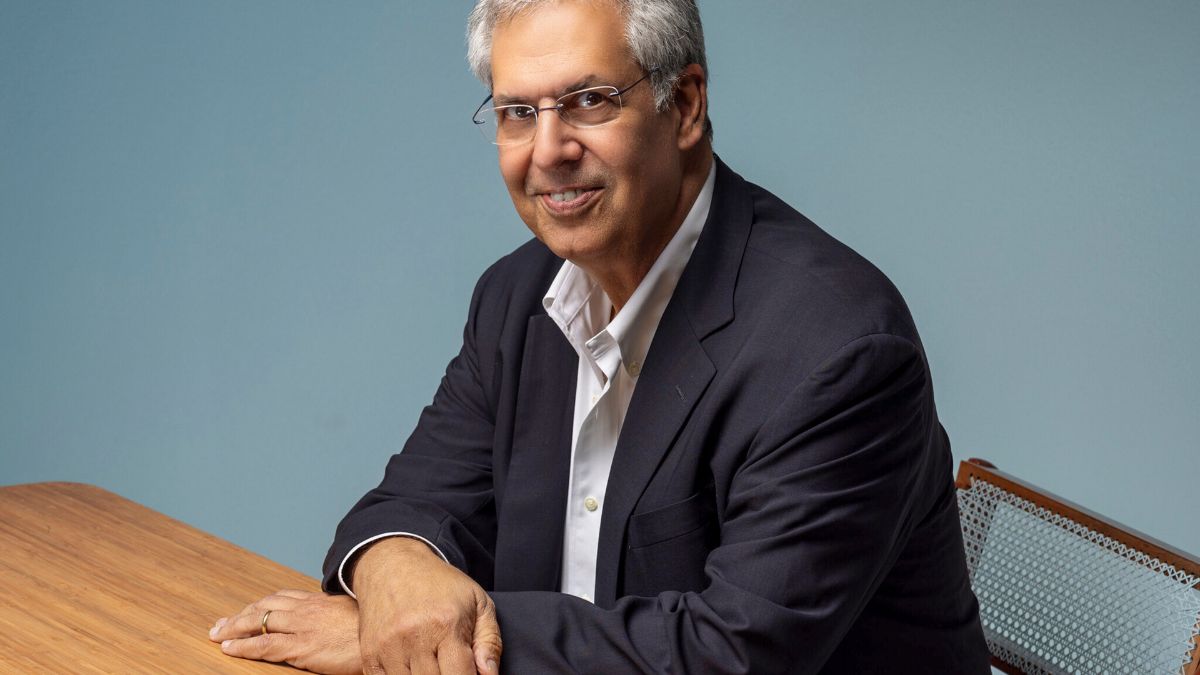)
)
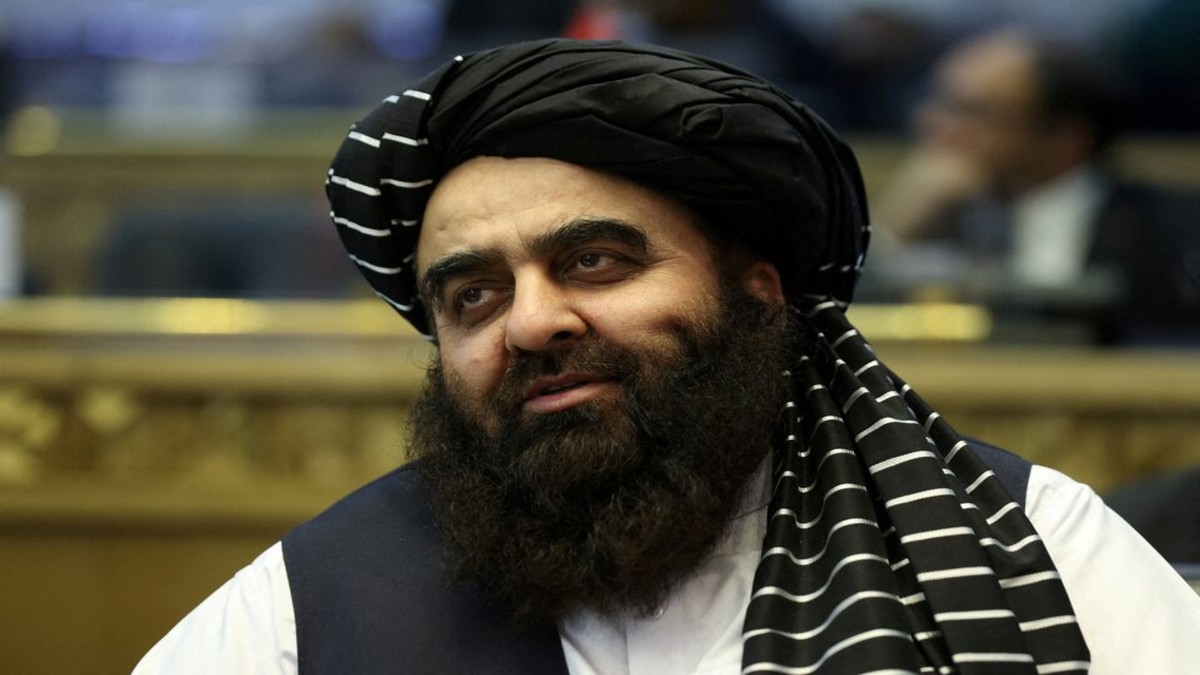)
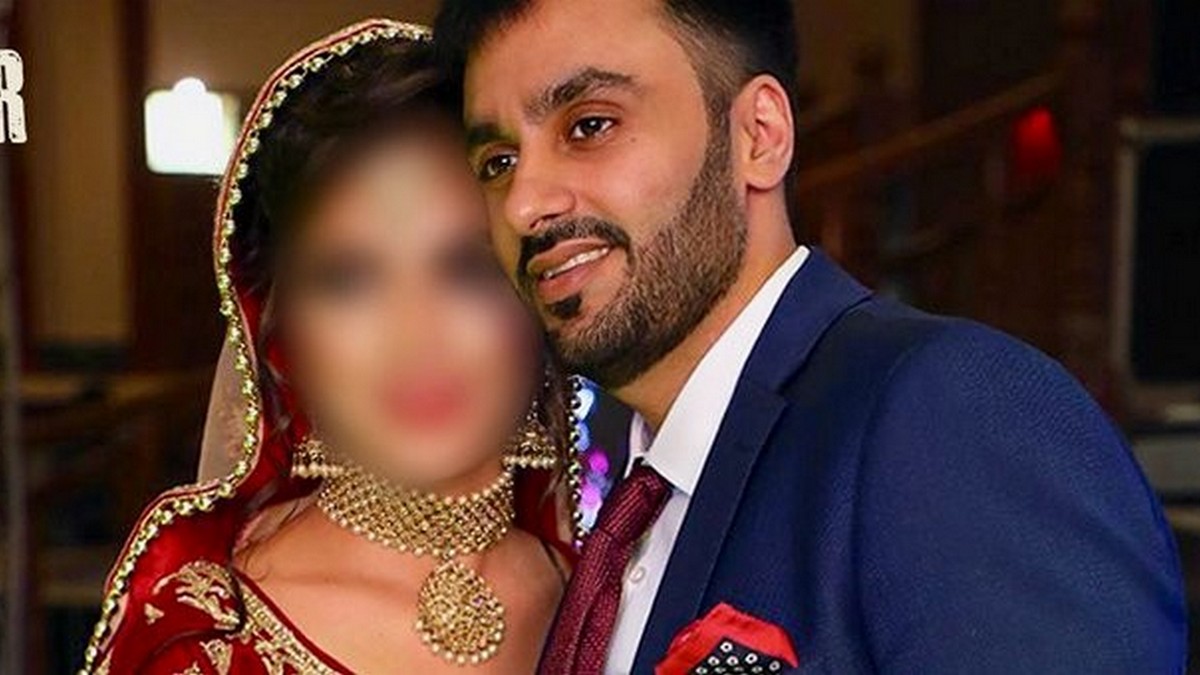)



